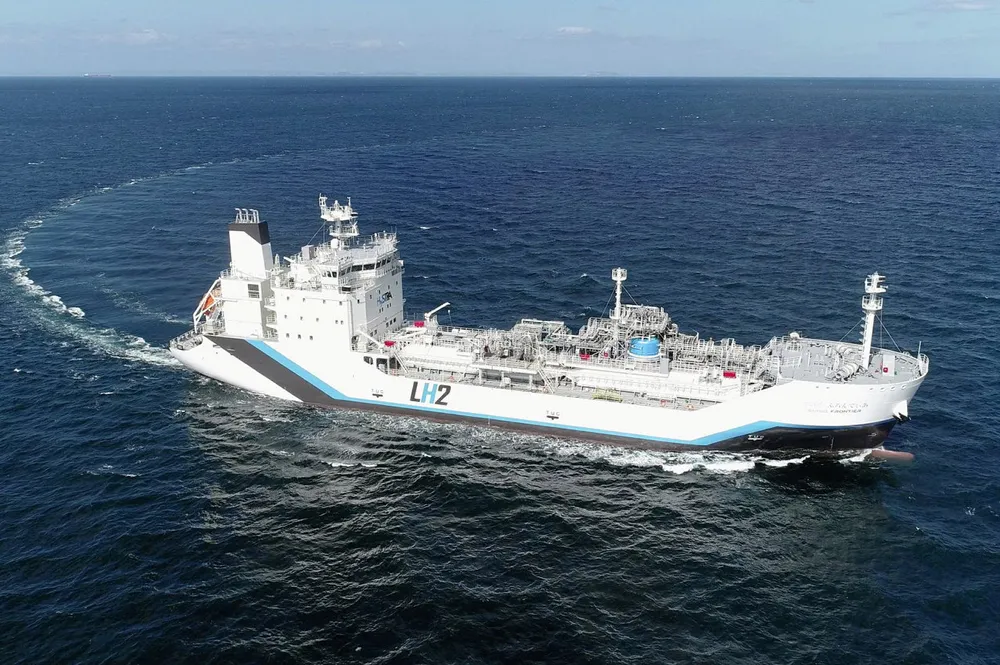Cause of one-metre flames on world’s first liquefied hydrogen vessel identified after year-long investigation
Flame emerged on deck of Suiso Frontier during attempt to burn boil-off gas shortly after taking on initial shipment of H2 at Australian port
